Are you tired of your beautiful garden being munched-up by deer? If so, it’s time to explore some deer resistant plants to keep your garden thriving and Bambi-free!
Creating a deer-proof garden doesn’t mean sacrificing beauty. With the right selection of plants, you can enjoy a stunning garden that doesn’t entice hungry deer. These plants are not only resistant to deer browsing, but many of them also boast vibrant colors, delightful fragrances, and unique textures to enhance your landscape design.
From spiky agave and prickly pear to aromatic lavender and stunning daylilies, there are plenty of options to choose from. We’ll delve into the characteristics of each plant, explaining why deer tend to avoid them.
Whether you’re a seasoned gardener or a complete novice, this guide will help you identify some deer resistant plants to incorporate into any landscape.

Understanding deer resistant plants
Deer resistant plants typically don’t get eaten by deer. Keyword is typically. A hungry deer will eat almost any plant imaginable! While no plant is completely deer-proof, there are certain characteristics which make plants less appealing to these grazing animals. Understanding what makes a plant deer resistant helps to inform design choices in gardens where these grazers can be a problem.
Deer resistant plants often have strong scents, prickly or fuzzy textures, or bitter tastes deer just don’t like. Plants with thorns, spines, needles, toxic compounds or milky sap are much less likely to be browsed by deer.
However, it’s important to note that deer preferences may vary depending on factors such as food availability and local deer populations. What may be considered deer resistant in one area may not be the case in another, depending on what other food sources are available. It’s always a good idea to observe deer behavior in your local region and consult with local experts or garden centers for the best deer resistant plant choices.
Advantages of Deer Resistant Plants
Deer resistant plants offer numerous benefits for gardeners who are tired of battling with these graceful yet destructive creatures. Naturally deterring deer comes with several advantages:
1. Reduced Damage and Maintenance:
One of the primary benefits of planting deer resistant plants is the decreased damage caused by deer browsing. By selecting these plants, you can save time, effort, and money which may have been required to salvage a garden damaged by hungry deer.
2. Increased Plant Variety:
Some deer resistant species include native plants or varieties which may not be part of the conventional landscape’s plant palette. Expanding a garden’s plant selection can introduce a wider variety of colors, shapes, and textures into the landscape. These gardens are more creative and visually appealing (all while ensuring the safety of your plants!)
3. Environmentally Friendly Solution:
Selecting deer resistant plants as a deterrent, as opposed to chemical-based repellents, is an environmentally friendly approach. By avoiding the use of chemicals, the soil (and overall ecosystem) of the garden is healthier and stronger. Additionally, these plants often attract beneficial insects and pollinators, contributing to the garden’s overall biodiversity!
Common deer resistant plants
When it comes to deer resistant plants, there are several options to choose from. Here are some of the most popular choices that not only repel deer but also add beauty and interest:

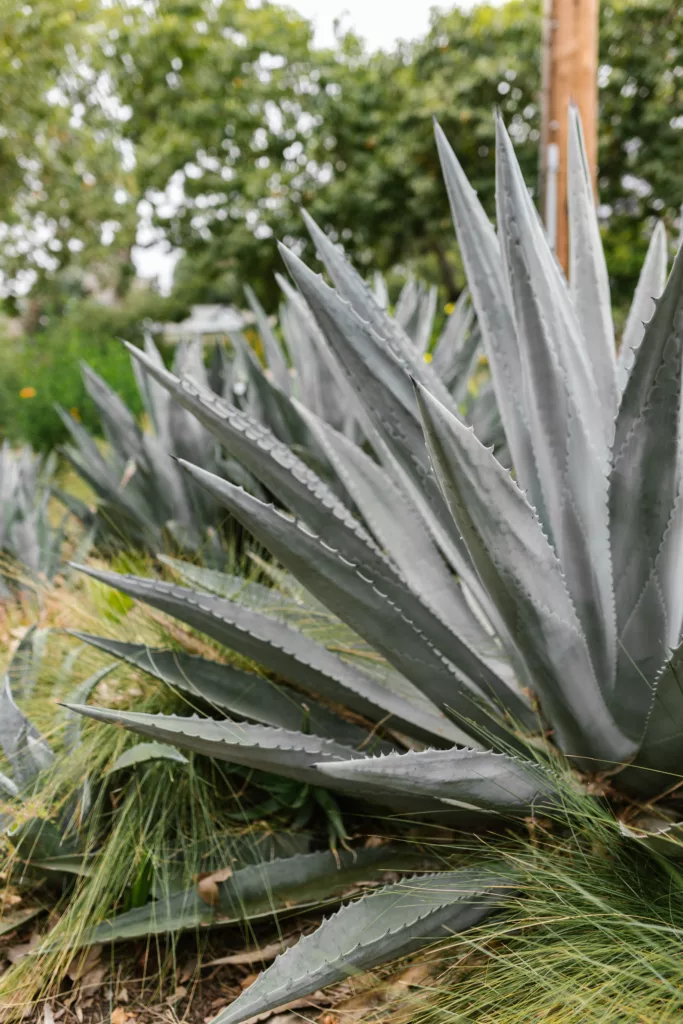
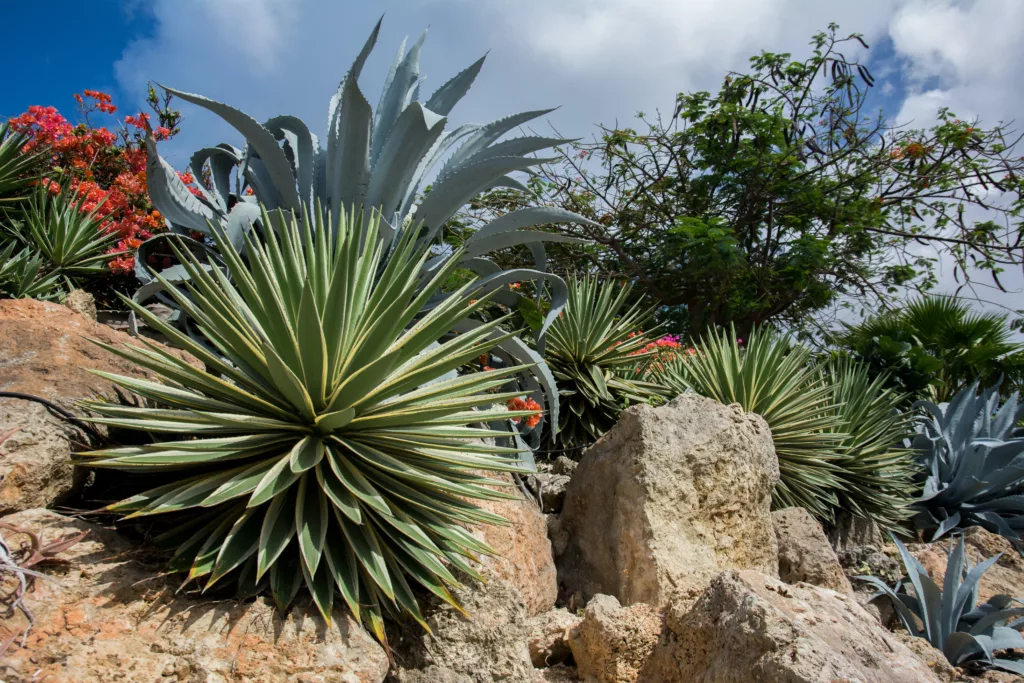
1. Agave:
Agave plants, with their spiky leaves and sharp thorns, are highly effective at deterring deer. These succulents come in a variety of sizes, from small rosettes to larger architectural specimens, making them suitable for different garden spaces. Agaves also thrive in dry conditions, making them low-maintenance additions to almost any landscape.

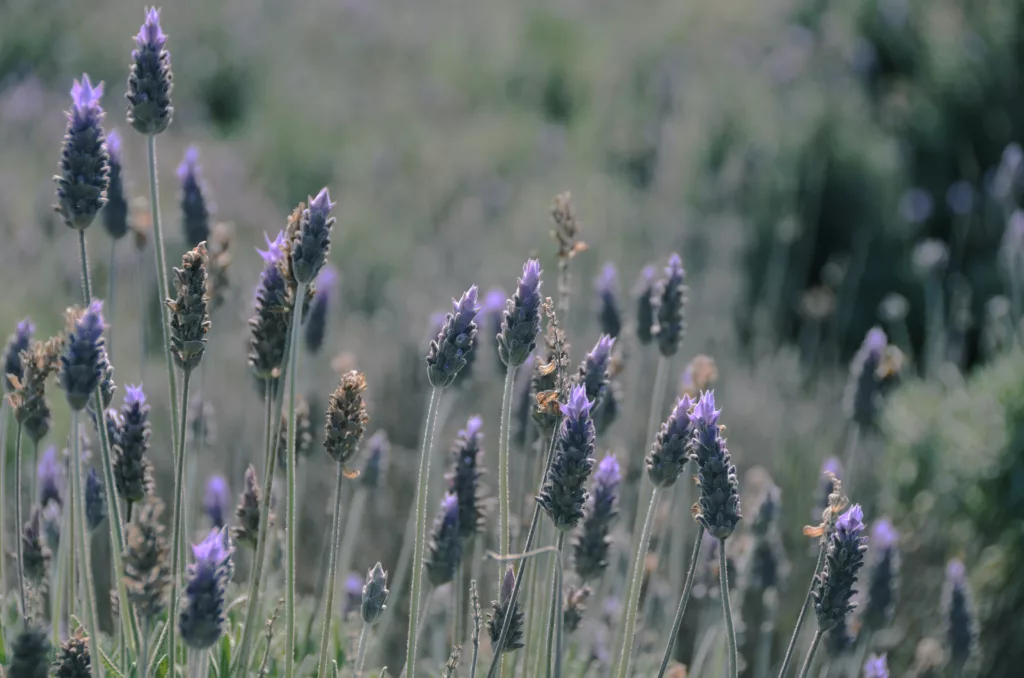
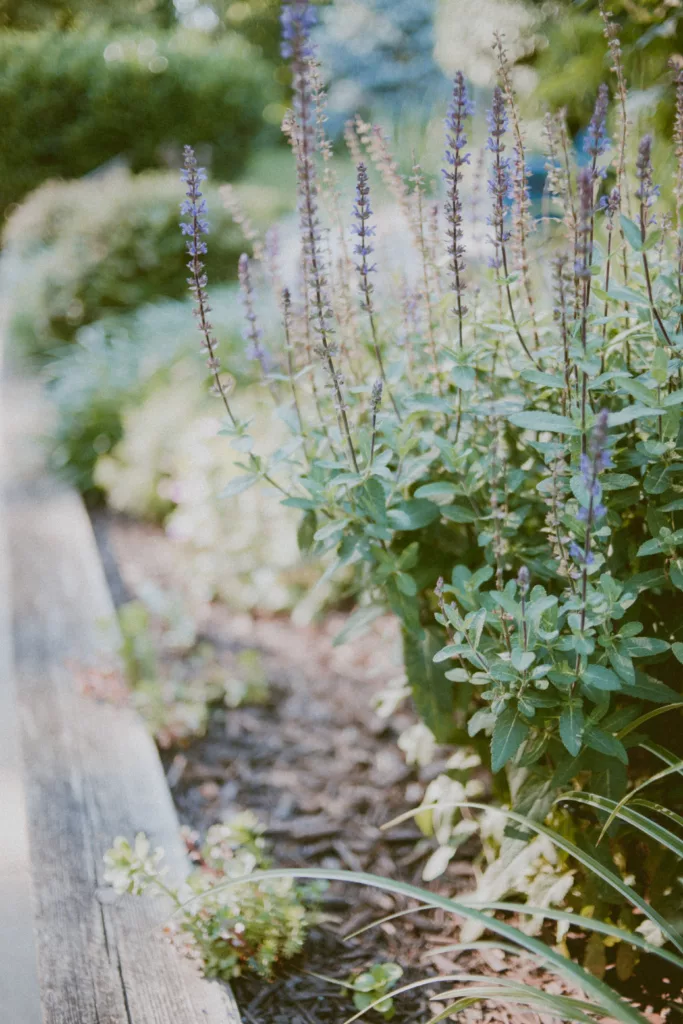
2. Lavender:
Lavender is not only fragrant, beautiful, and medicinal, but also a great deer deterrent. Deer are put off by the strong scent of lavender, making it an excellent border or mass planting for a deer-resistant garden. This perennial herb thrives in full sun and well-drained soil, a happy addition to any garden.
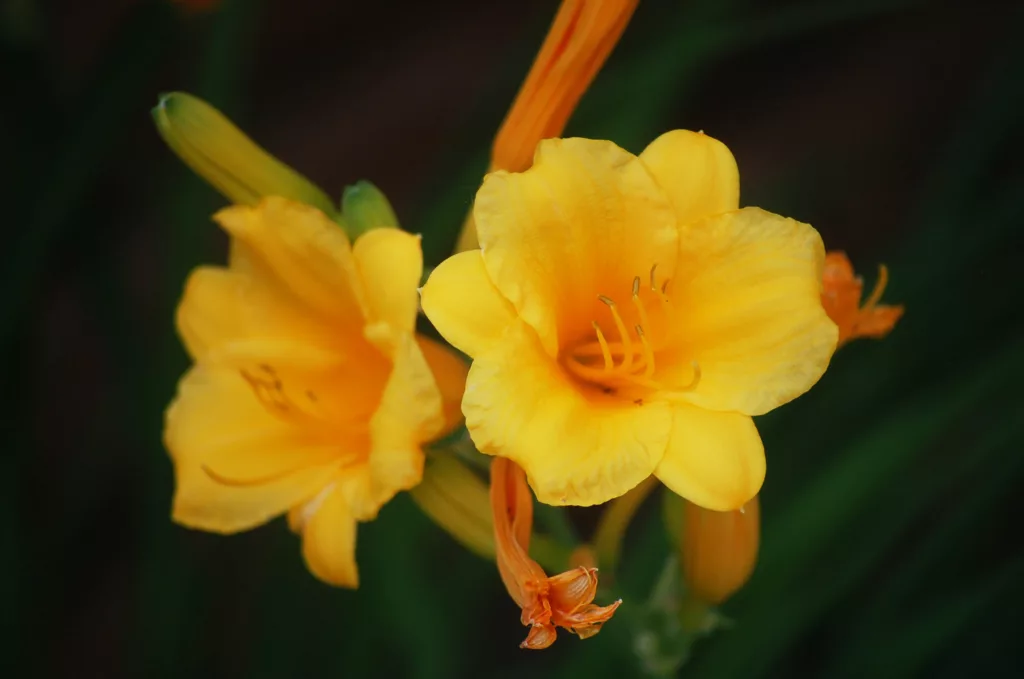
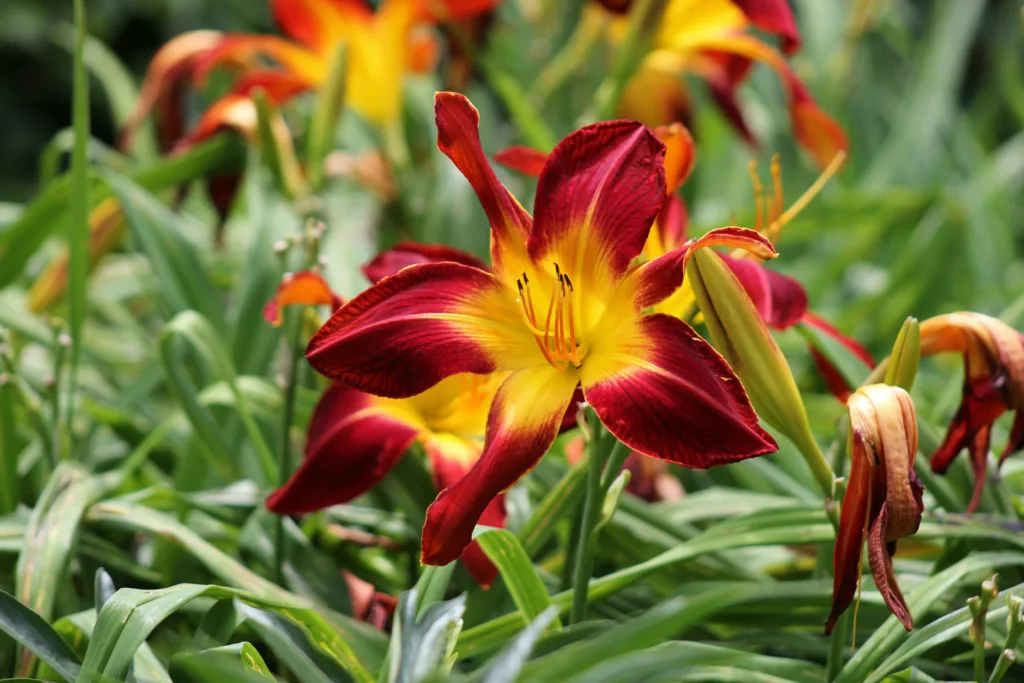
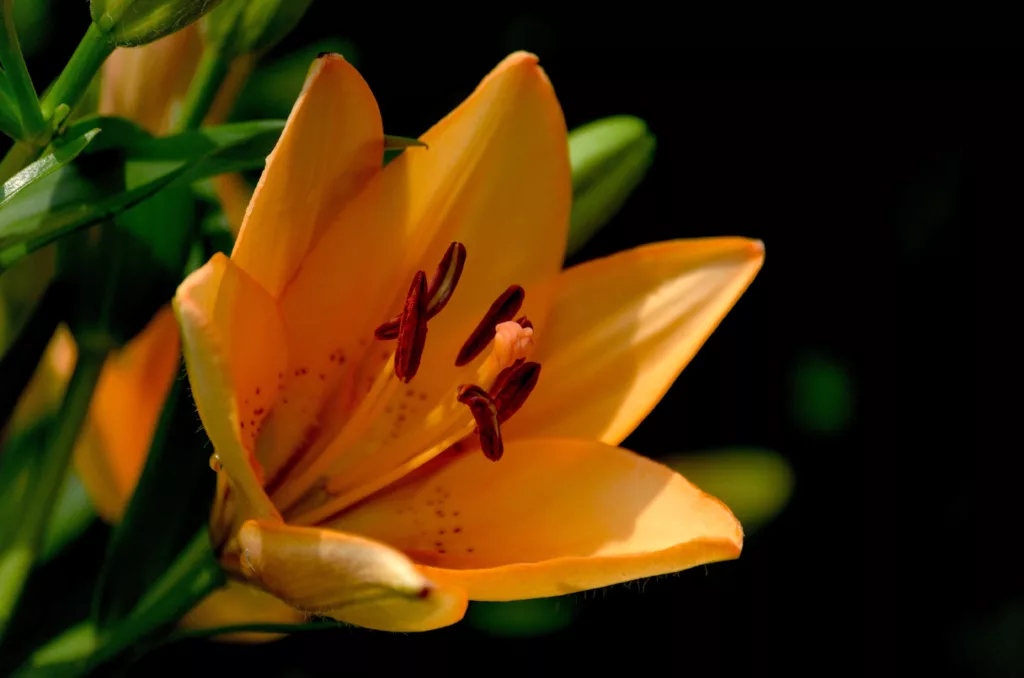
3. Daylilies:
Daylilies are known for their vibrant blooms and ability to thrive in various growing conditions. These hardy perennials come in a wide range of colors and can withstand deer browsing due to their fibrous and tough leaves. Daylilies provide a spectacular burst of color while keeping deer at bay.


4. Garlic
Deer, like vampires and some humans, can’t stand the smell of garlic. The active ingredient, allicin, creates the pungent smell in the bulbs, leaves, and flowers of garlic plants. Sporadically plant garlic along garden borders to repel deer.
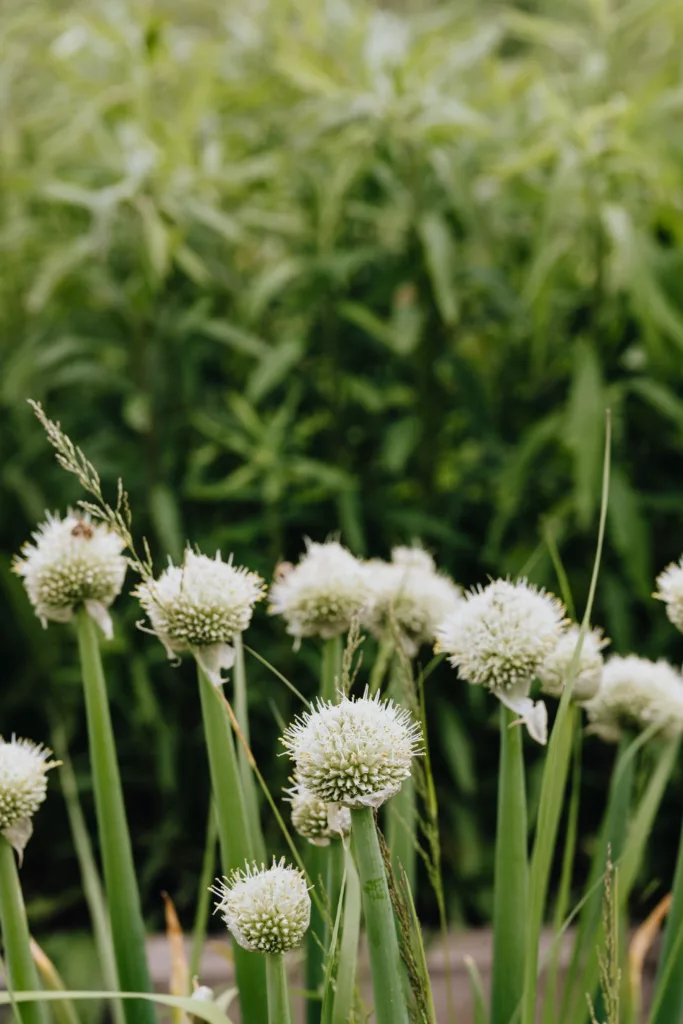

5. Onions
Like garlic, onions contain strong sulfur compounds, giving them an intense smell and flavor. Deer simply can’t hang with these types of scents and flavors, and will happily leave them alone. Use mixed into flower beds or along borders for best deterrent results.
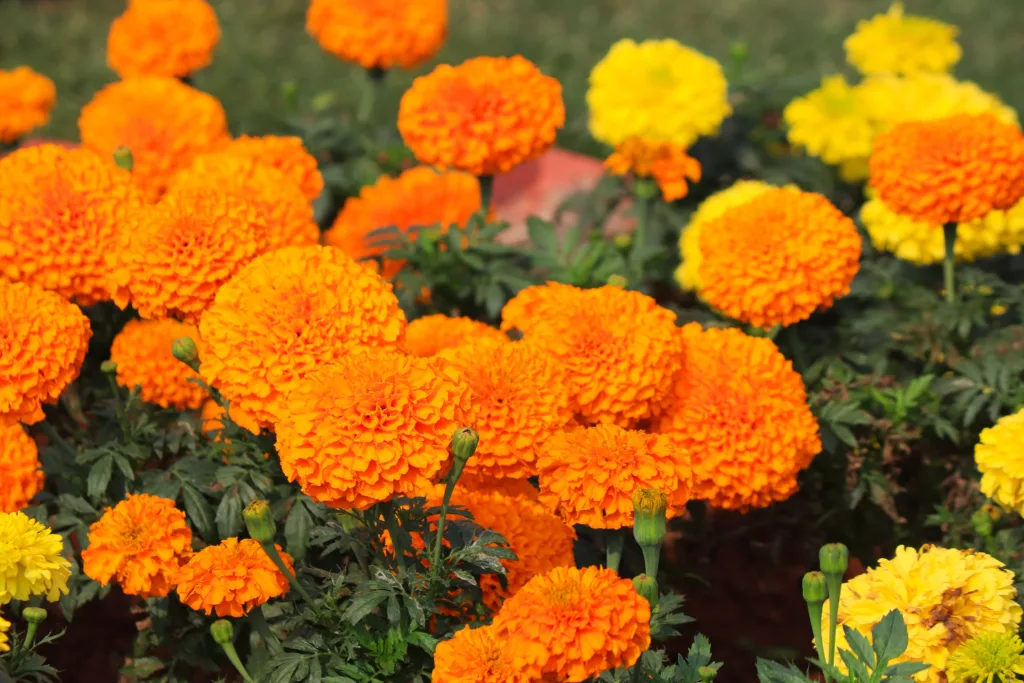
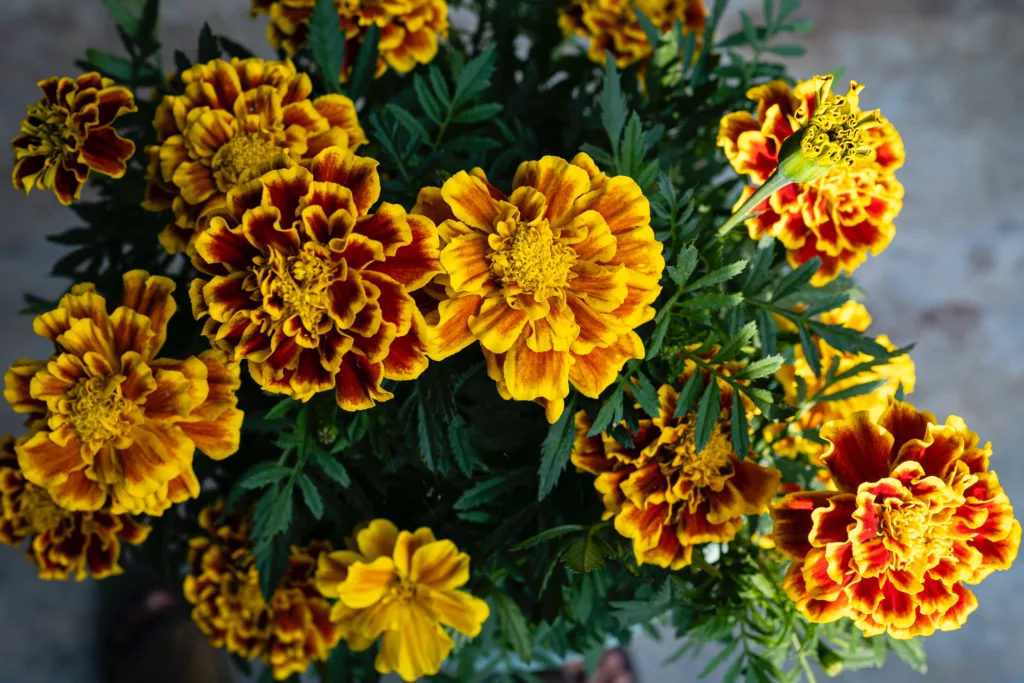
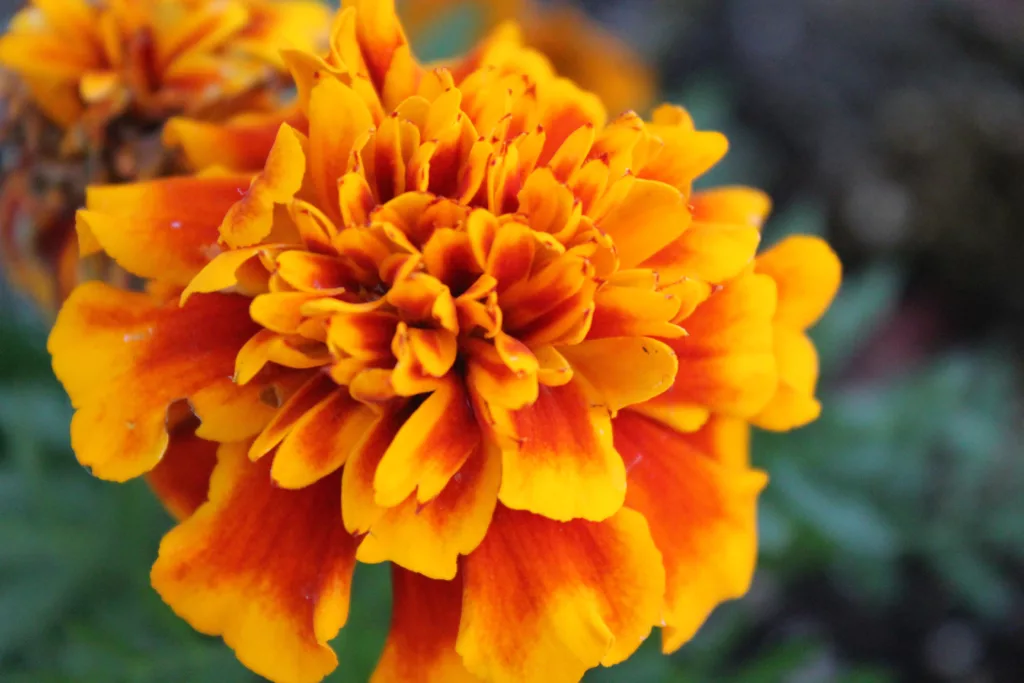
6. French Marigolds
French Marigolds truly deserve the nickname ‘Guardian of the Garden’. Not only do the flowers and leaves exude an aroma deterrent to deer and bunnies, but their roots secrete a substance dangerous to nematodes and other soil-borne pathogens. As always, sunny, annual marigolds are highly recommended for keeping any garden safe.
Other Methods to Deter Deer
In addition to selecting deer resistant plants, using motion-activated sprinklers, and fencing are other eco-friendly, chemical-free ways to keep deer out of the garden. Motion-activated sprinklers release a startling burst of water when they detect movement. Fencing remains one of the most effective ways to deter deer by physically blocking them. However, it can be costly and may not be feasible for all gardeners. If you choose to install a fence, make sure it is at least 8 feet tall to prevent deer from jumping over it.
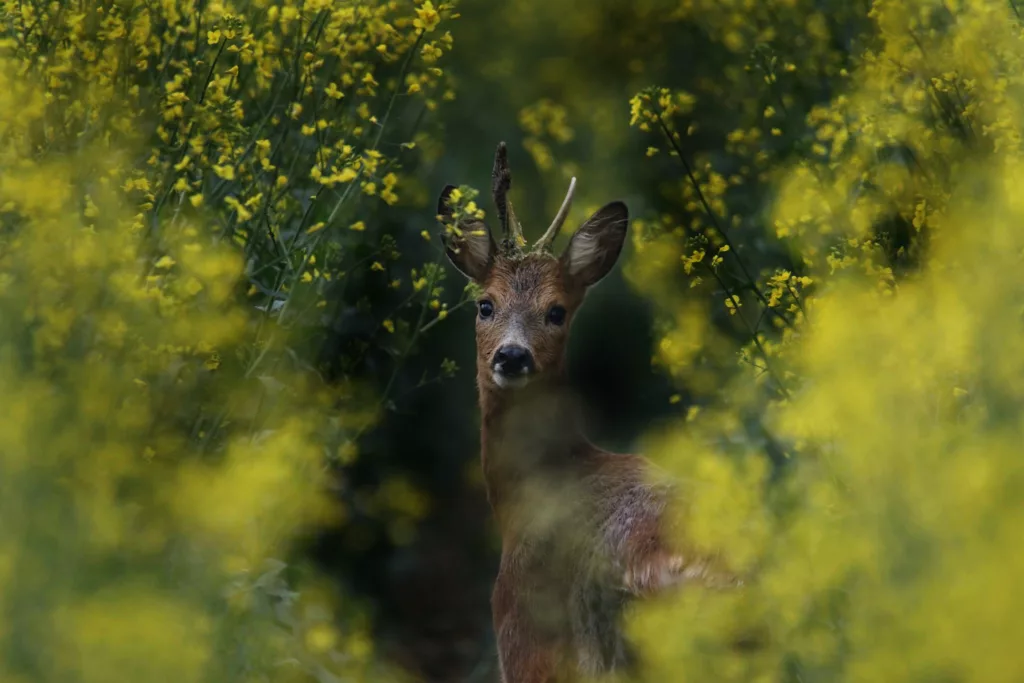
Resources for Further Information on Deer Resistant Plants
For more information on deer resistant plants and how to create a deer resistant garden, consider exploring the following resources:
1. Local Extension Offices: Contact your local extension office for region-specific information on deer resistant plants and gardening practices.
2. Gardening Websites: There are so many fabulous websites dedicated just to gardening methods and practices. Several will offer comprehensive guides on deer resistant plants.
3. Gardening Books: Visit your local library or bookstore to find books dedicated to deer resistant gardening. These books often contain detailed plant lists, design ideas, and practical tips for maintaining a deer resistant garden.
Conclusion
Creating a stunning garden that is resistant to deer browsing is achievable with the right plant selection and strategic design. By incorporating deer resistant plants into your landscape, you can maintain the beauty of your garden while keeping those pesky deer at bay. Remember to research and choose plants that are known to be effective in your region, and consider implementing other deterrents to further protect your garden. With a little planning and care, you can transform your garden into a thriving oasis that is both beautiful and Bambi-free!







